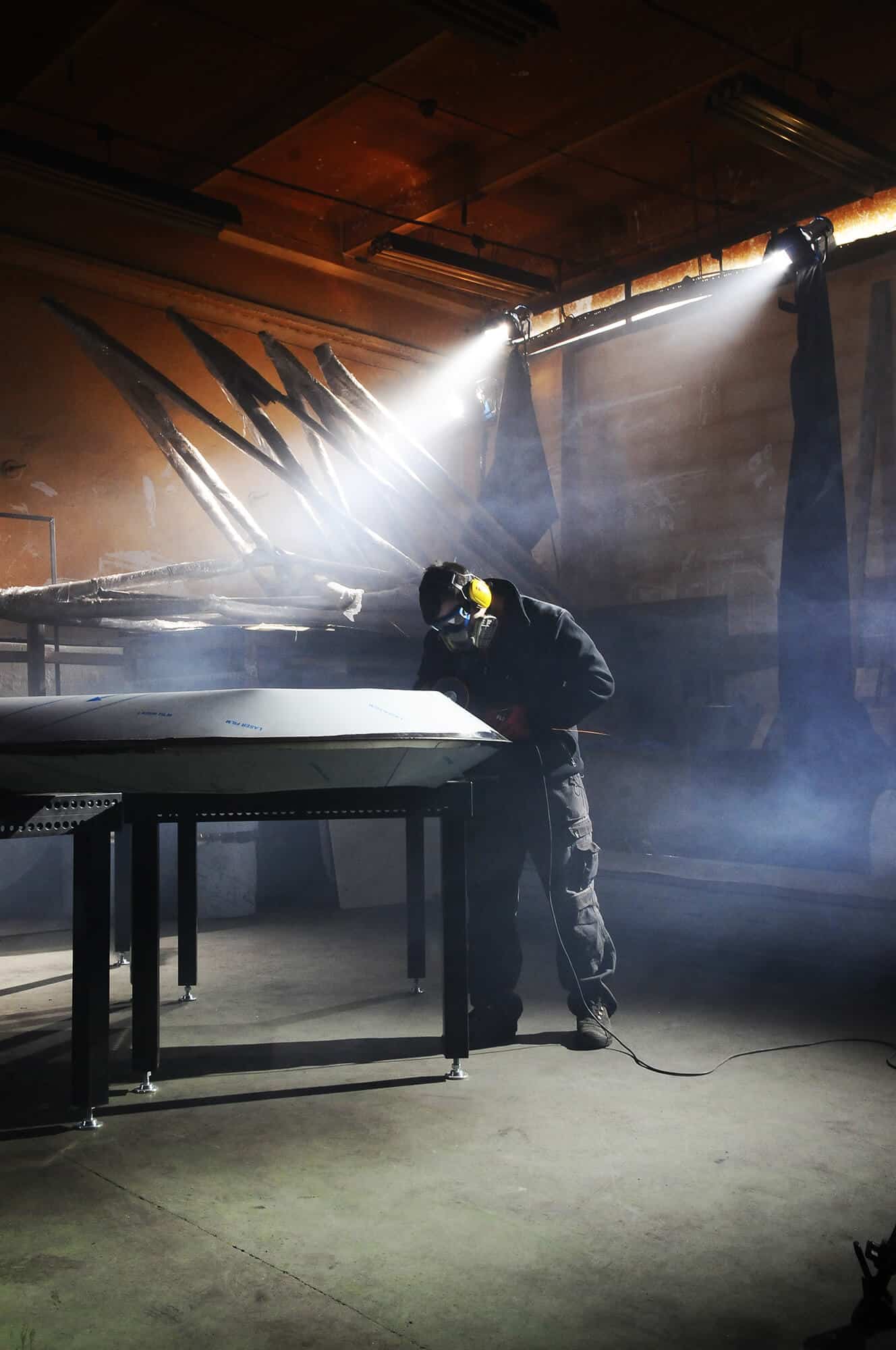
Behind the Scene : Oskar Zięta

Conceptualization, sketches, and adaptation of the manufacturing method: that is how design by definition evolves. We shift the sequence. We control the production process, and the final form is a result of the act of materialization.
We call it Prozessdesign.
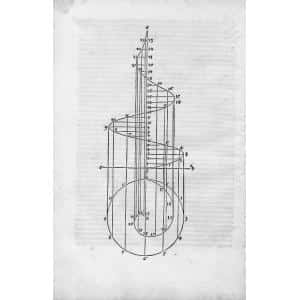
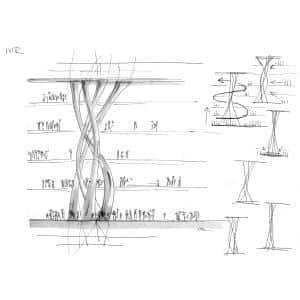
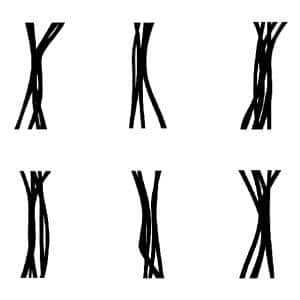
The essence of metal
We have a huge respect for craftsmanship and the physical experience with the material. We never stop touching—even though the developed technological potential lets us do so. The work of our hands allows us to understand the material, constantly rediscover and experience it.
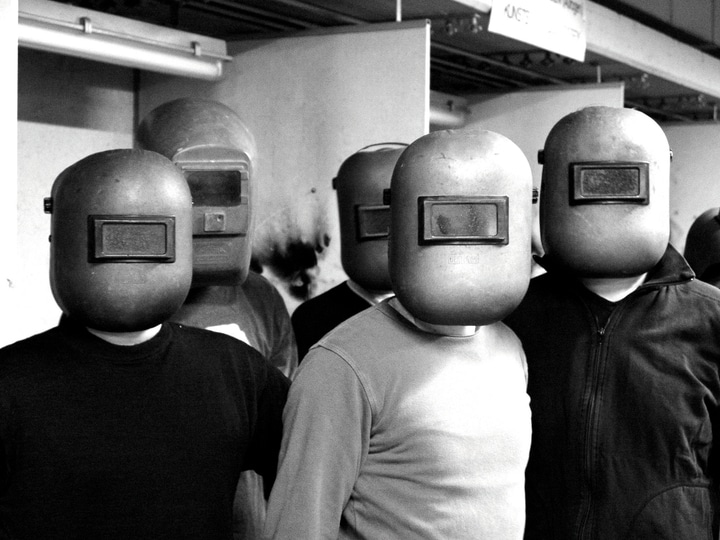
Design is a point on the matrix of Zieta Studio’s creations.. It is a prism of interdisciplinarity—art, bionics and technology. It’s Oskar Zięta’s story, the multithreaded nature of which is directed with the Zieta Studio team. And the denouement of each story are unique objects ready to be implemented in public or private spaces.
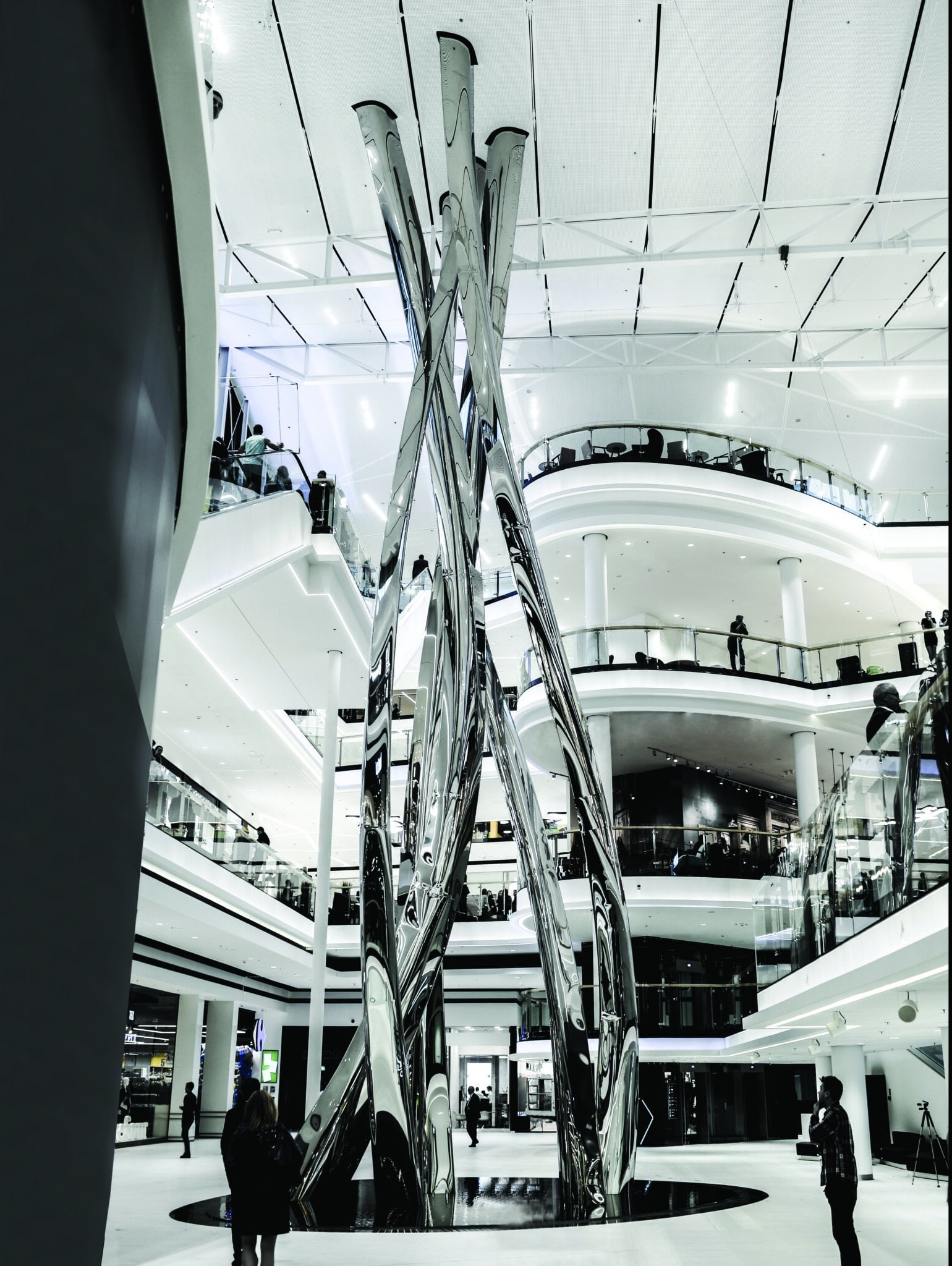
Optimization – ready for the future
Zieta Studio creates functional objects whose potentials are maximized through a bottom-up approach. The foundation is fascination with the material. The next step is stabilization and moulding. The final effects are objects and sculptures whose forms are the result of a compromise in partnership between the design team and the freedom of the material. The leading area of exploration is steel, but the FiDU proprietary technology is also applied to other metals, such as aluminum and copper.
The essence of design is fuelled by its parametric dimension. Process automation is implemented and new generative technologies are used, maximizing material and human potential. The works are the result of years of study of the properties of metal, using the proprietary FiDU method of forming steel with internal pressure to create objects with a phenomenal lightweignt index rate. This gives a potential for constant development of metal, stable profiles – from tiny home objects to gigantic public sculptures.
Digital storage
The creation process is a continuous transition from the real to the virtual world. We are at the point of our research where we can simulate the forms later deformed by inner pressure. We manufacture objects carrying this out digitally. We use robots, machines and lasers. Once the parametrized form becomes tangible, we scan it. As a consequence, we drive back to the virtual world, transforming a real, actual object into a cloud of little points, a new database. Today we can compare it to our inner NFT fun, where the comparison is a currency. We juxtapose the metrics of the scanned object with its digital prototype, leading to improbable misunderstandings.
This is how we FiDU
FiDU comes from the German Freie Innendruck Umformung (Free Internal Pressure Deformation). It lets us inflate metal. We laser-cut and weld two or more sheet-metal contours very tightly together. Then we inject high-pressure air, forming the objects from two-dimensional to three-dimensional. We obtain ultra-lightness (objects empty inside), durability (objects made from metal), and functionality (objects ready to use).
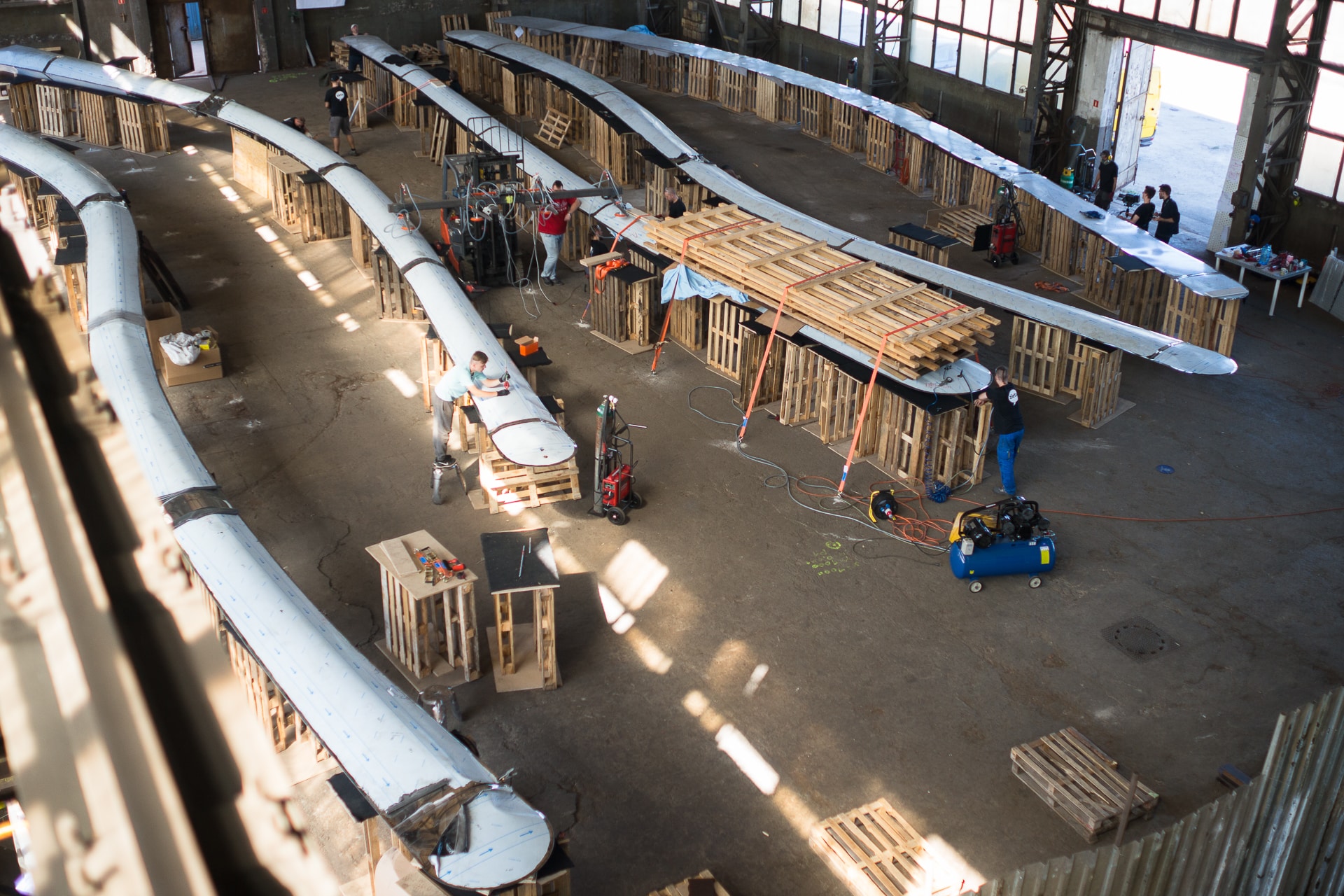
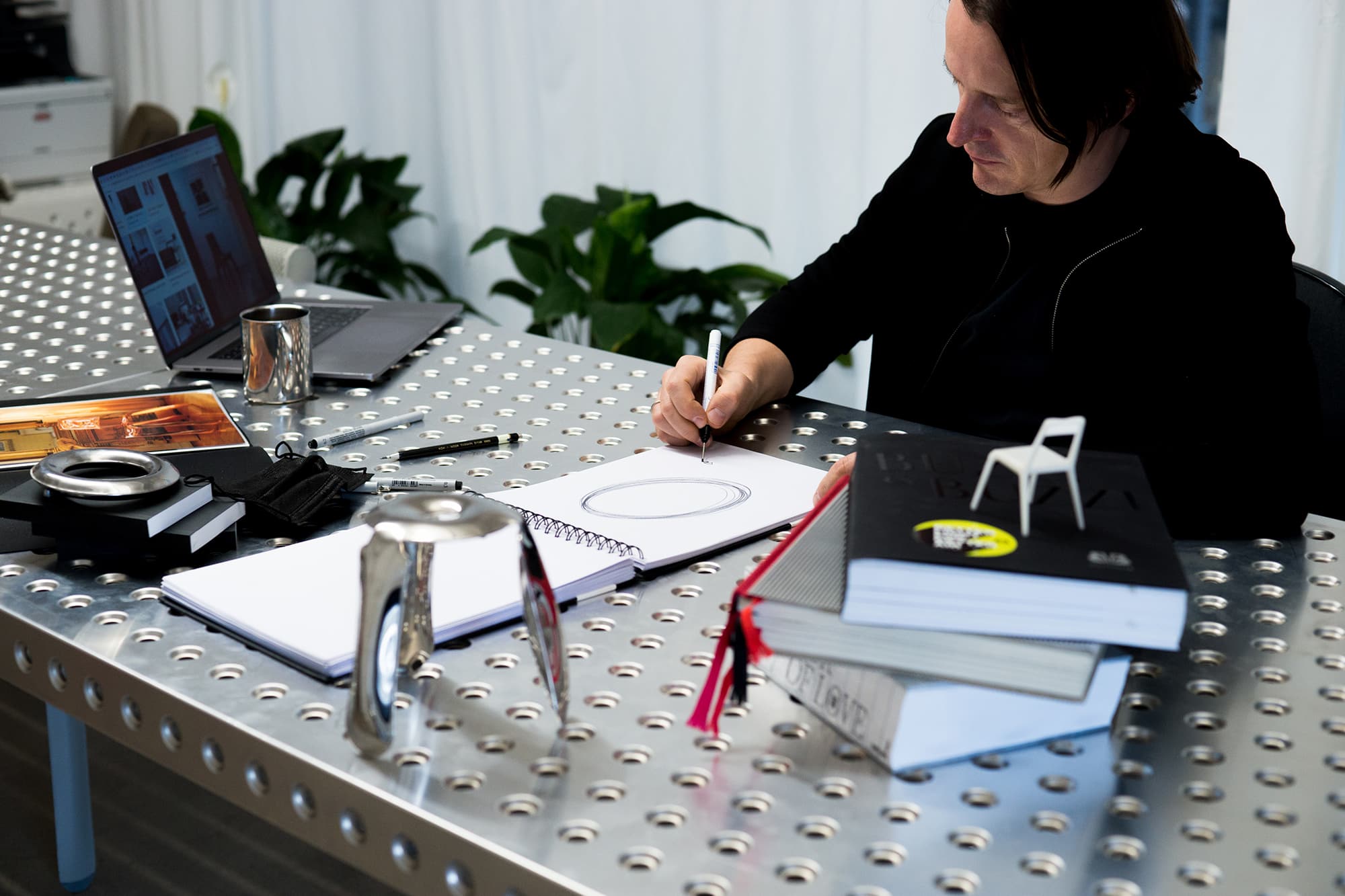
We let the material freely reply to the process with its characteristics –calling it “controlled loss of control”. We try to predict it, but we never control it. We let internal pressure manifest its irregularities and unrepeatable concaves. We experiment with sizes and shapes. We believe that less weight today means more possibilities.
Intuitively circular
Most of Oskar Zięta’s objects today are “circular” products: monomaterial, sustainable and fully recyclable. They did not become this way in the era of popularization of concepts such as the circular economy and the UN Sustainable Development Goals, but had been conceived that way from the dawn of the search for production optimization.
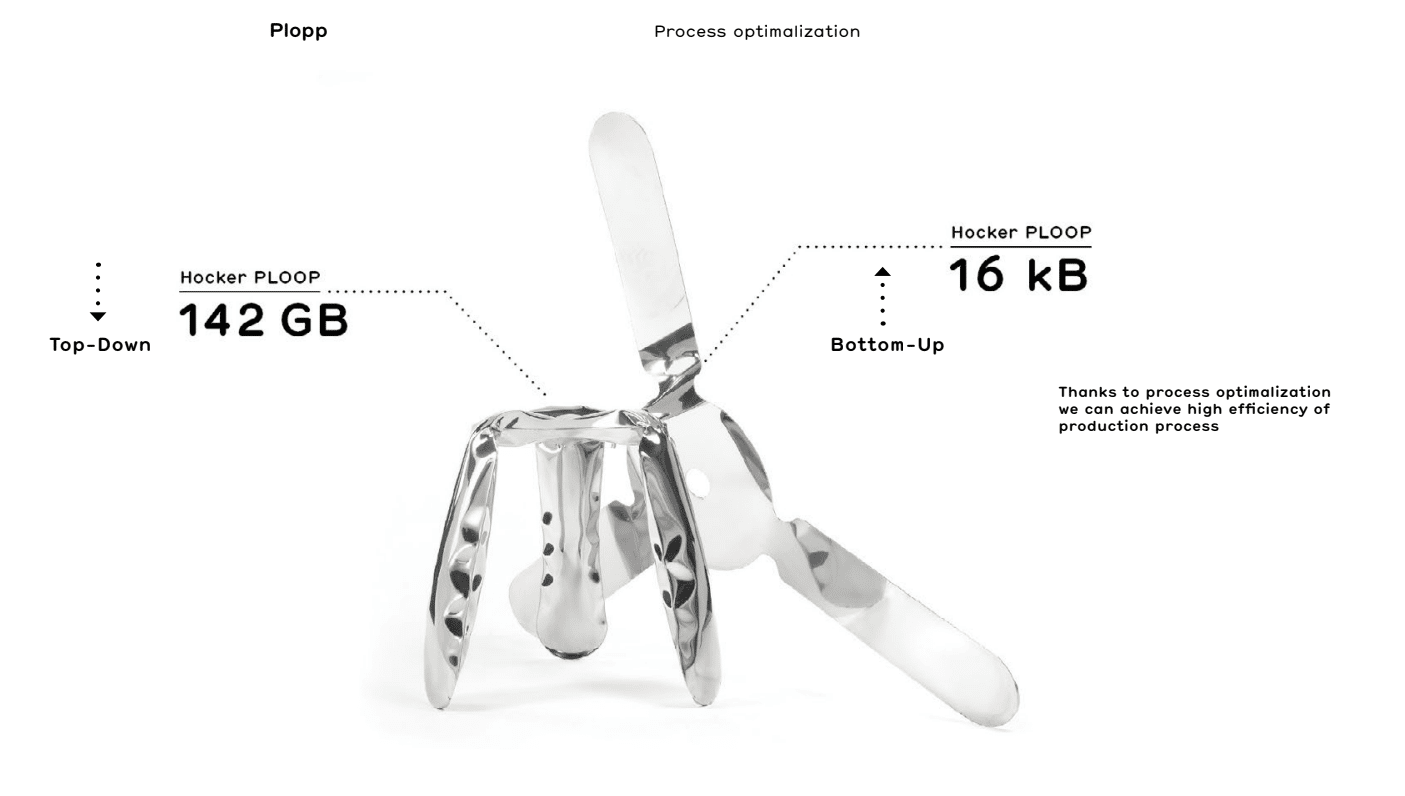
Zieta Studio is guided by minimalism of form and material intensity starting at the conceptual level. It works with material, but also reduces the virtual space needed for storage. The overarching goal of FiDU technology research is to reduce energy and the amount of metal needed as much as possible. It’s a detailed narrative of responsible consumption and production (SDG 12) for the sake of future generations.
